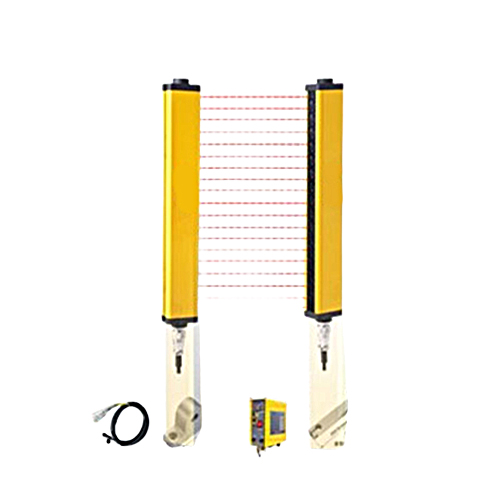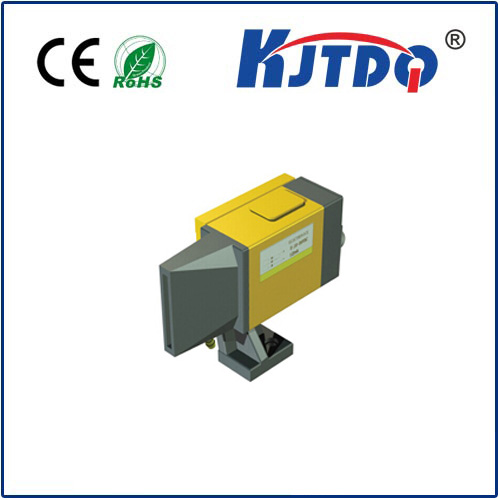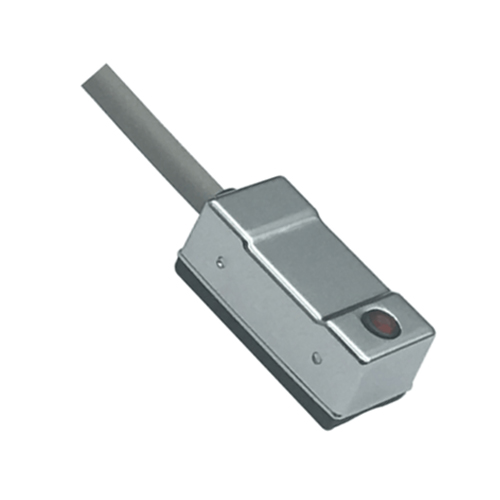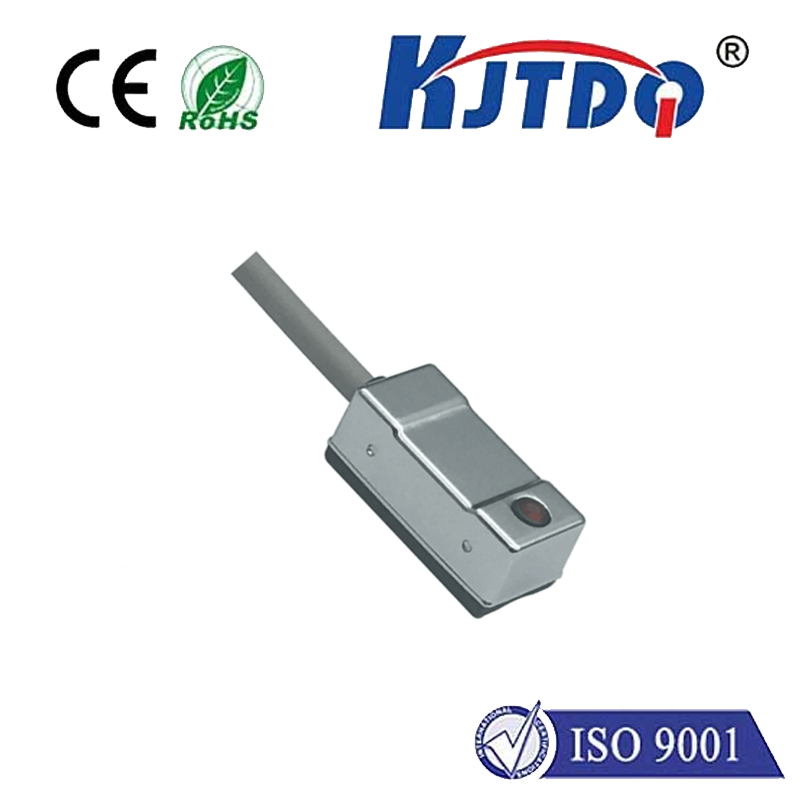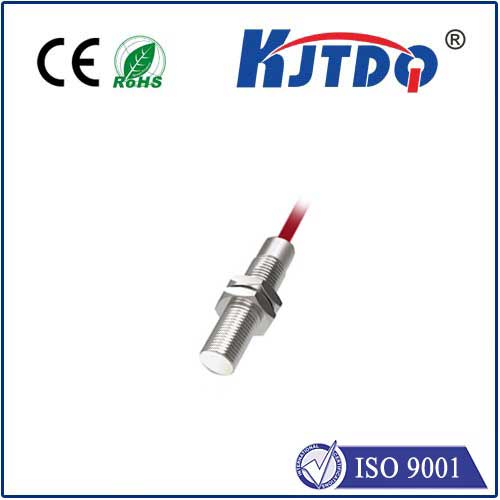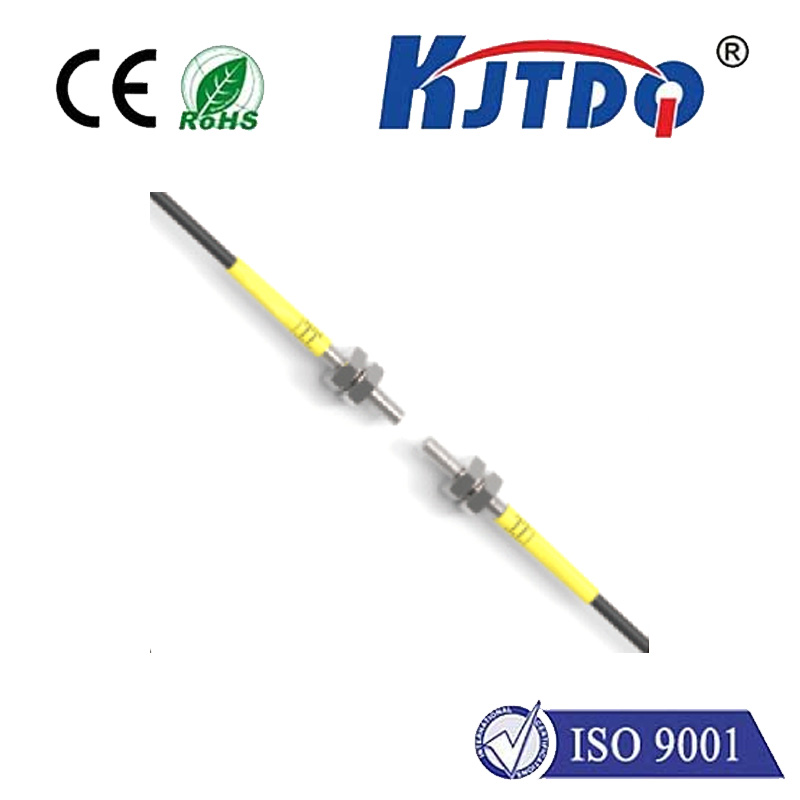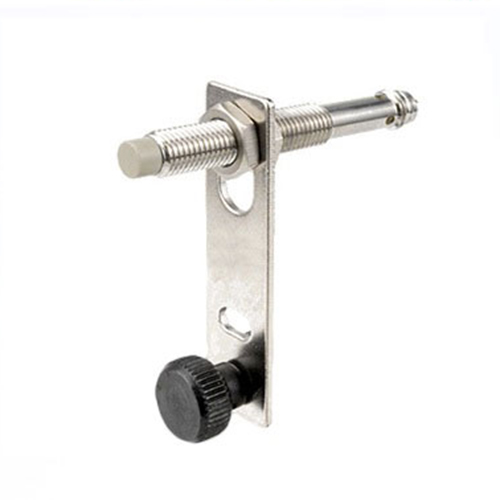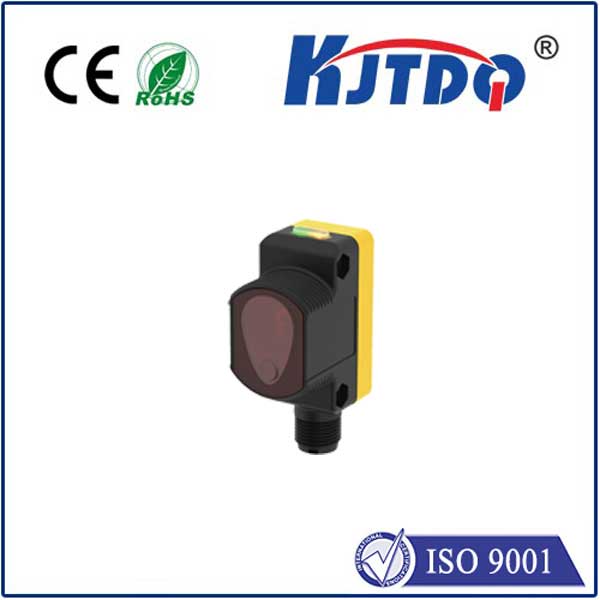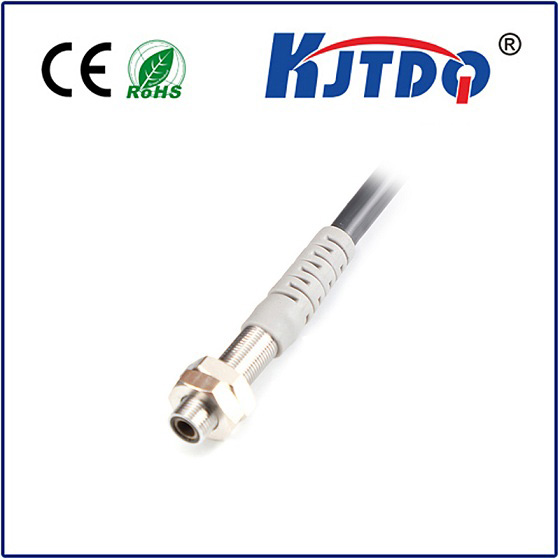

check

check

check

check

check

check

check

check

check

check
Understanding Proximity Sensors: The Power of Capacitive Technology
Proximity sensors have become an integral part of our daily lives, from smartphones to automated systems in industries. One type of proximity sensor that has gained significant attention is the capacitive sensor. This article will explore the basics of capacitive technology and its applications in proximity sensors.
Capacitive Technology: A Brief Overview
Capacitive technology is based on the principles of electrostatics, which involves storing and transferring electrical energy using capacitors. In the context of proximity sensors, a capacitive sensor works by detecting changes in the electric field around it. When an object comes near the sensor, it disturbs the electric field, causing a change in capacitance. This change is then measured and processed to determine the presence or absence of the object.

Advantages of Capacitive Proximity Sensors
One of the main advantages of capacitive proximity sensors is their ability to detect non-metallic objects. Unlike traditional inductive sensors, which can only detect metallic objects, capacitive sensors can detect any object that has a dielectric constant different from air. This makes them ideal for use in various applications, such as liquid level monitoring, object counting, and human presence detection.
Another advantage of capacitive proximity sensors is their high sensitivity and accuracy. They can detect small changes in capacitance, allowing for precise measurement of distance and position. Additionally, they are not affected by external factors such as temperature, humidity, or dirt, making them highly reliable and durable.
Applications of Capacitive Proximity Sensors
Capacitive proximity sensors have numerous applications in various industries and fields. In smartphones and other touchscreen devices, they are used to detect the user's touch and gestures. In automotive industry, they are used for tasks such as automatic door locking/unlocking, passenger detection, and fuel level monitoring. In industrial automation, they are used for object counting, conveyor belt monitoring, and machine safety.
Capacitive proximity sensors are also used in medical devices, such as respiratory rate monitors and blood pressure cuffs. They provide accurate measurements without direct contact with the patient's skin, reducing the risk of infection and increasing patient comfort.
Future Developments in Capacitive Proximity Sensors
As technology continues to advance, we can expect further developments in capacitive proximity sensors. Researchers are working on improving their sensitivity and reducing their size, making them even more versatile and efficient. Additionally, integration with artificial intelligence and machine learning algorithms could lead to smarter sensors that can recognize complex patterns and make decisions based on their input.
In conclusion, capacitive proximity sensors are powerful tools that offer numerous benefits over traditional sensors. With their ability to detect non-metallic objects, high sensitivity, and durability, they have found widespread use in various industries and applications. As technology continues to evolve, we can expect even more innovative uses for these versatile sensors.
